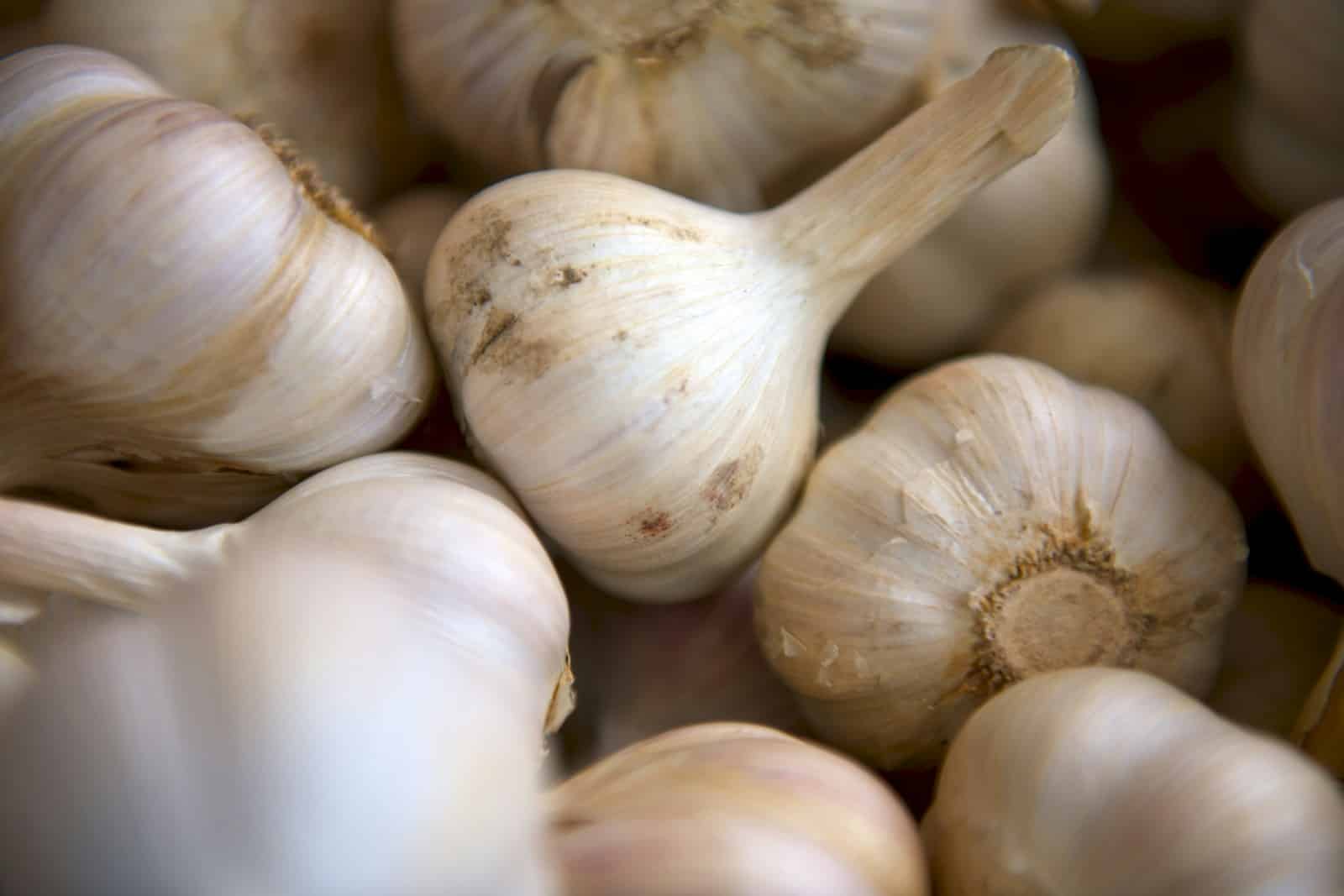Garlic Scapes: The Unsung Heroes of Early Summer
Even the organic food movement — grounded in traditional farming, environmentalism, and nutrient-rich eating — isn’t immune to food fads. Every few months, some “new” ingredient like pea shoots, grapefruit, or kale captures national attention.
More often than not, these foods are ones the Boston Organics Community has been enjoying for years.
One of our favorite early summer ingredients, garlic scapes, is now having its moment in the spotlight. While we’ve loved them for years, it’s exciting to see more people discovering and cooking with garlic scapes for the first time.
If you’re new to garlic scapes, we’ve got answers to your questions about those curly green shoots. If you’re already a scape fan, read on or skip to the bottom for creative recipe ideas.
Where Do Garlic Scapes Come From?
Garlic bulbs grow underground and store nutrients to survive the winter. In spring, they begin to sprout.
Most supermarket garlic is soft-neck garlic, which is mild and stores well. However, in colder regions like New England, farmers grow hard-neck garlic, which produces a sharper flavor and a curly green shoot—known as a garlic scape.
Left uncut, these scapes would develop into a flowering stalk that saps energy from the garlic bulb. So farmers prune the scapes to help the plant focus on producing big, flavorful cloves.
For years, most farmers composted these prunings. But with the rise of CSAs and farmers’ markets, scapes have found new life as a seasonal favorite. The Boston Organics Community has been enjoying them for many summers thanks to our local farm partners.
Are Garlic Scapes Environmentally Friendly?
Yes—eating organic garlic scapes is a sustainable choice.
Farmers must trim the scapes regardless of whether they’ll be eaten. When you cook with garlic scapes, you reduce food waste and support small, local farmers.
Because they’re fragile and don’t ship well, scapes are typically grown nearby. To ensure you’re making the most environmentally conscious choice, choose certified organic scapes to avoid supporting the use of synthetic pesticides and herbicides.
Are Scapes a Vegetable, an Aromatic, or an Herb?
Garlic scapes are incredibly versatile members of the allium family. They can act as aromatics, greens, or vegetables, depending on how you use them.
Here are a few ways to cook with garlic scapes:
- As garlic: Finely chop and use in place of garlic cloves. They’re milder and lose some bite when cooked, so use 3–4 scapes for every 2 cloves.
- As green beans: Chop into pieces and grill or stir-fry.
- As pesto: Blend with olive oil, nuts, cheese, and herbs. Pesto freezes beautifully!
- As pickles: Preserve in vinegar for a tangy crunch.
- In soups or salads: Add raw or lightly cooked for texture and flavor.
There’s really no wrong way to enjoy a scape.
What Can I Cook With Garlic Scapes?
Garlic scapes bring a mild, complex garlic flavor to nearly anything you add them to. Some of our favorite recipes include:
- Garlic Scape Chard Pesto
- Grilled Garlic Scapes with Lemon
- Scape and Potato Soup
- Egg Scramble with Scapes and Mushrooms
- Pickled Garlic Scapes
We’re always looking for new ways to enjoy garlic scapes—let us know your favorite use!

